Rising Security Concerns
The increasing prevalence of security threats, including theft, vandalism, and terrorism, drives the demand for enhanced surveillance solutions. Organizations across various sectors are increasingly recognizing the necessity of robust security measures. The Video Surveillance as a Service Market is experiencing a surge in adoption as businesses seek to mitigate risks associated with these threats. According to recent estimates, the market is projected to grow at a compound annual growth rate of approximately 20% over the next few years. This growth is indicative of a broader trend where companies prioritize safety and security, leading to a heightened reliance on video surveillance solutions that are both effective and scalable.
Integration with Smart City Initiatives
The ongoing development of smart city initiatives is creating new opportunities for the Video Surveillance as a Service Market. As urban areas increasingly adopt smart technologies, the integration of video surveillance systems into these frameworks is becoming essential. These systems can enhance public safety, traffic management, and emergency response capabilities. The collaboration between municipalities and service providers is likely to foster innovative solutions that leverage video surveillance data for urban planning and safety enhancements. This trend not only supports the growth of the market but also aligns with broader societal goals of improving urban living conditions and safety.
Cost-Effectiveness of Subscription Models
The shift from traditional capital expenditure models to subscription-based services is reshaping the Video Surveillance as a Service Market. Organizations are increasingly attracted to the cost-effectiveness of these models, which eliminate the need for significant upfront investments in hardware and software. Instead, businesses can access advanced surveillance technologies through manageable monthly fees. This financial flexibility allows companies to allocate resources more efficiently, potentially leading to increased operational efficiency. As a result, the market is witnessing a growing number of small and medium-sized enterprises adopting video surveillance solutions, further expanding the customer base and driving market growth.
Regulatory Compliance and Data Protection
The growing emphasis on regulatory compliance and data protection is a significant driver for the Video Surveillance as a Service Market. Organizations are increasingly required to adhere to stringent regulations regarding data privacy and security. This has led to a heightened demand for surveillance solutions that not only provide security but also ensure compliance with legal standards. Companies are seeking video surveillance services that incorporate features such as data encryption and secure access controls. As regulatory frameworks continue to evolve, the market is expected to expand, with service providers enhancing their offerings to meet compliance requirements and address customer concerns regarding data protection.
Technological Advancements in Surveillance Systems
Rapid advancements in technology are significantly influencing the Video Surveillance as a Service Market. Innovations such as high-definition cameras, cloud storage, and advanced analytics are enhancing the capabilities of surveillance systems. These technologies not only improve image quality but also enable real-time monitoring and data analysis. The integration of artificial intelligence and machine learning into surveillance systems is also becoming more prevalent, allowing for smarter threat detection and response. As these technologies continue to evolve, they are likely to attract more businesses to adopt video surveillance solutions, thereby propelling market growth and increasing competition among service providers.



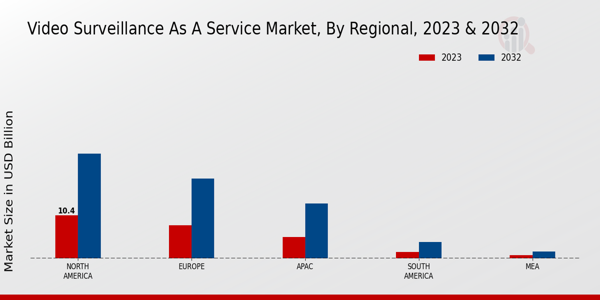
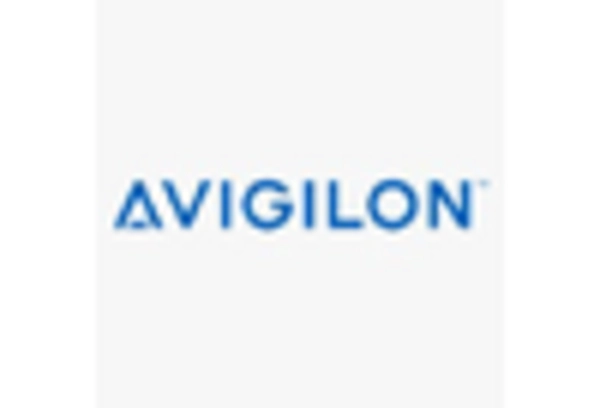
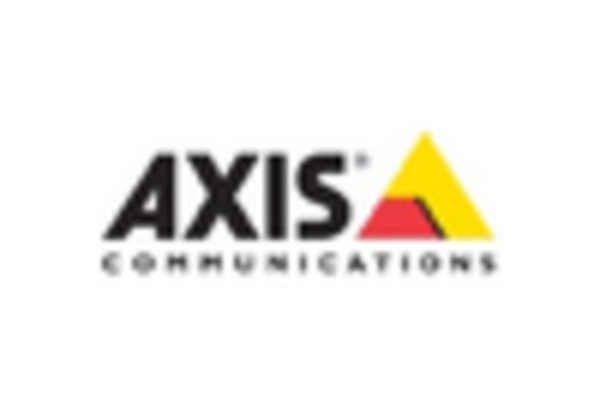
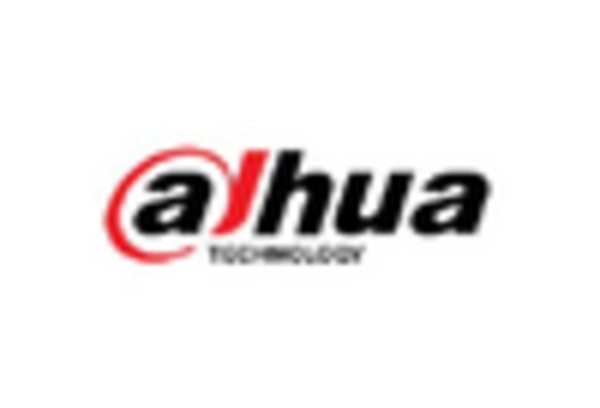

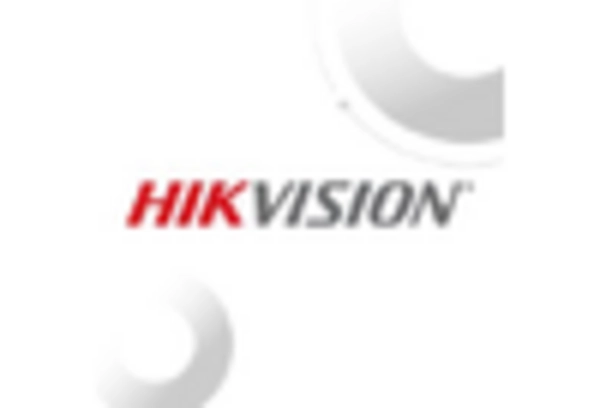









Leave a Comment